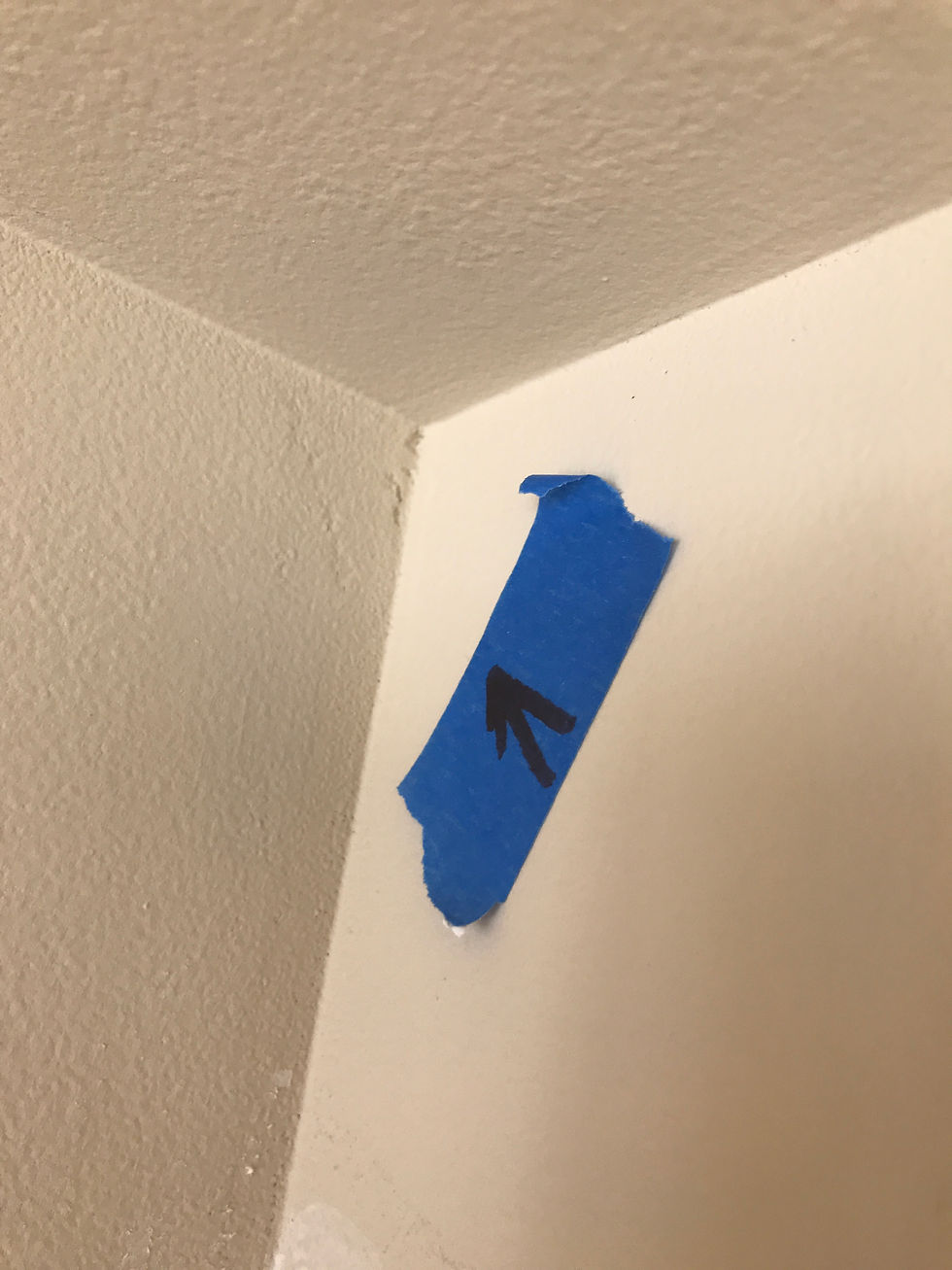KNOW YOUR BRUSHES
- Melissa Manning
- Oct 20, 2019
- 3 min read
Updated: Oct 21, 2021
From block brushes for staining to sash brushes for technical lines. Let me tell you the tricks that make these work their best.

Look at the material the brush is made out of as well as the shape of the bristle and the size of the brush to determine what brush you need for your project. While many different companies come out with new technology often, people come in all shapes and sizes. What works for Popeye may not work for Olive Oyl.
What works for you?
Are you Popeye or Olive Oyl? Keep in mind that the size of the bulrush you use will hold more or less paint thus creating a deferent weight for each brush when it is wet.
1", 1 1/2", 2", 2 1/2", 3", 3 1/2" and 4" are the sizes you will see in the Latex and Wall version brushes. 4", 5" and 6" are what you see when looking at the larger Block Brushes. Wall brushes are all thiner in width and allow for more control. Block brushes are thicher. They hold more product and allow for the oil based product to be rubbed into coarse surfaces. We call this "back brushing"
Lets talk materials
Is your brush made from a synthetic or animal hair? You will find all brushes made from synthetic products are able to withstand both oil and latex. for example, Polyester, Nylon and Chinex. Using both products with the same tools will shorten the life of your tool. Just think, you will not have to buy as many. I suggest this method for the painter that seldom paints and has the time to clean their tools correctly.
If you can purchase the right tool for the job, I highly suggest that. Natural animal hair brushes for Oil based finishes. These clean out easily and leave your brush soft every time. Synthetic brushes are easily cleaned with water and store well for a very long time.
Popeye never told Olive Oyl to eat spinach
Don't buy the brush that the store clerk tells you to buy.
Go ahead and choose the size of your brush for your project based on your specific need. Size does matter! Are you doing a pice that is custom? Use the smallest brush you need. Expand your brush teqtuineque to an artist brush, if that is what you need, to stay within the lines. Use a 3" sash brush to spread your material and then grab a 1" to perfectly cut in your corners.
Square brushes are great for cutting in where you do not need to draw a line and they hold more product so you will be able to have better coverage. "Sash" or angel brushes are for drawing a line and they do not hold as much paint. This is handy when you need to dry brush along blue tape. Applying to much paint along a tape line will lead to "wicking". Paint gets behind the tape and does not leave a straight line. when your project is complete you can follow the straight line and make the coverage better. There is not a one brush fits all.
Get Inspired
Check out what True Value has to say at their web sight. https://projects.truevalue.com/paint/interior/prep_cleanup_and_safety/paintbrush_101.aspx . user hash tag #KnowBrush to see creative ways that others are using their brushes to make their projects look perfect.
https://precisionbrush.com/design-a-pencil-brush This web sight will make a custom brush for you if your need is really specific and you find yourself cutting up brushes over and over to fit a specific angle.
Have a Laugh
https://youtu.be/nN4l1kInmRs In a rare event Olive Oyl does eat spinach! Watch and laugh when you see what she does after eating it. Not exactly the outcome I would like to see. Don't get mad at your brush!! Just pick the right one!



Comments